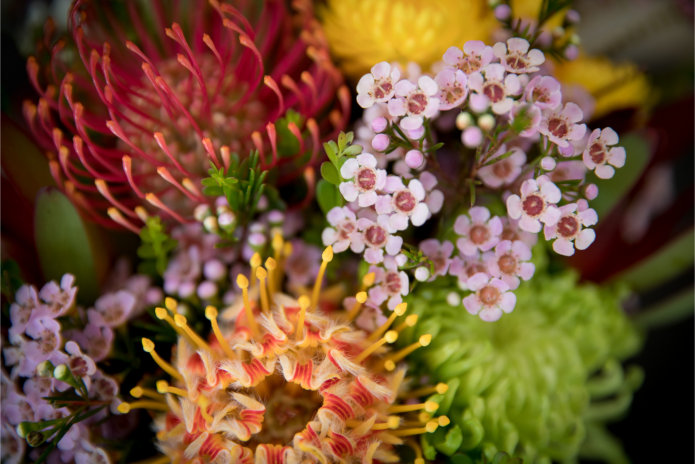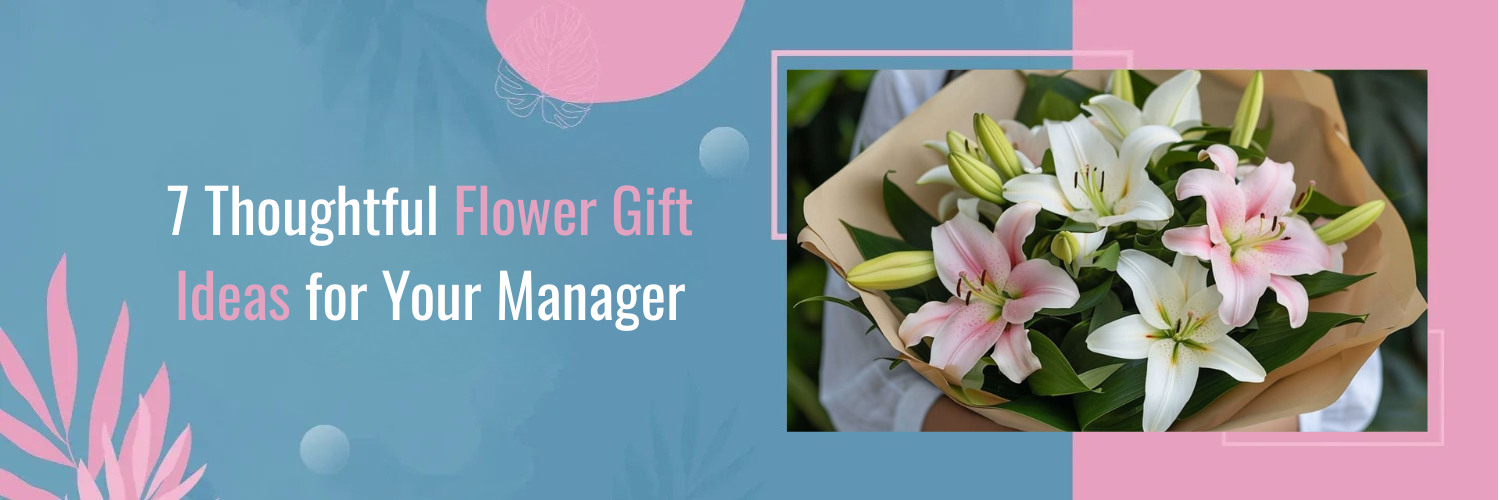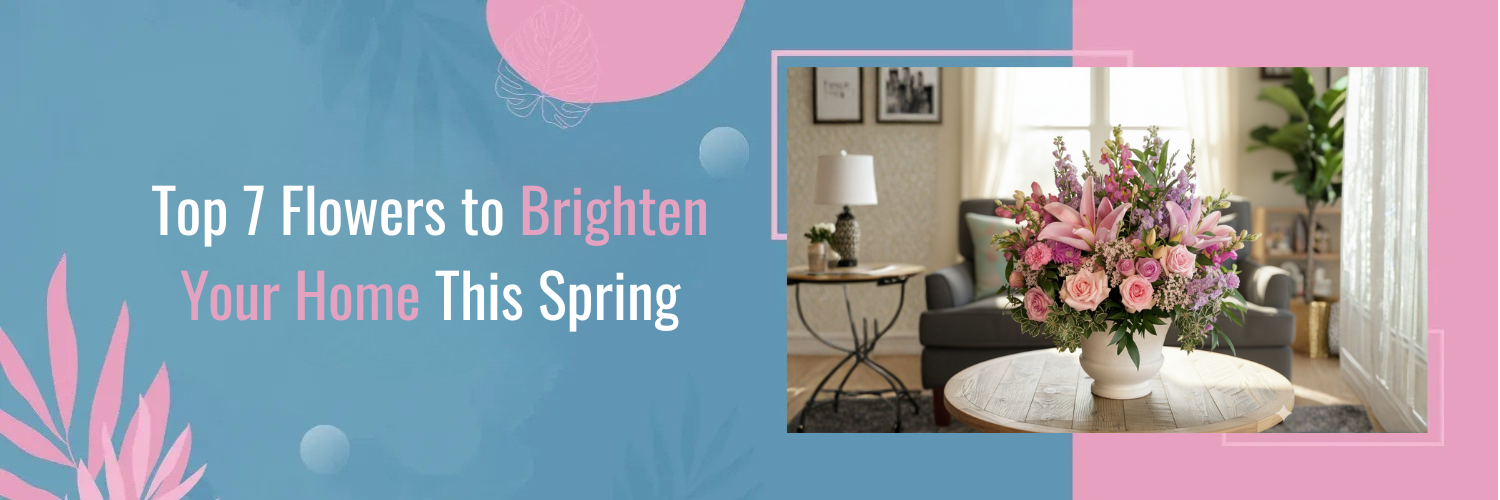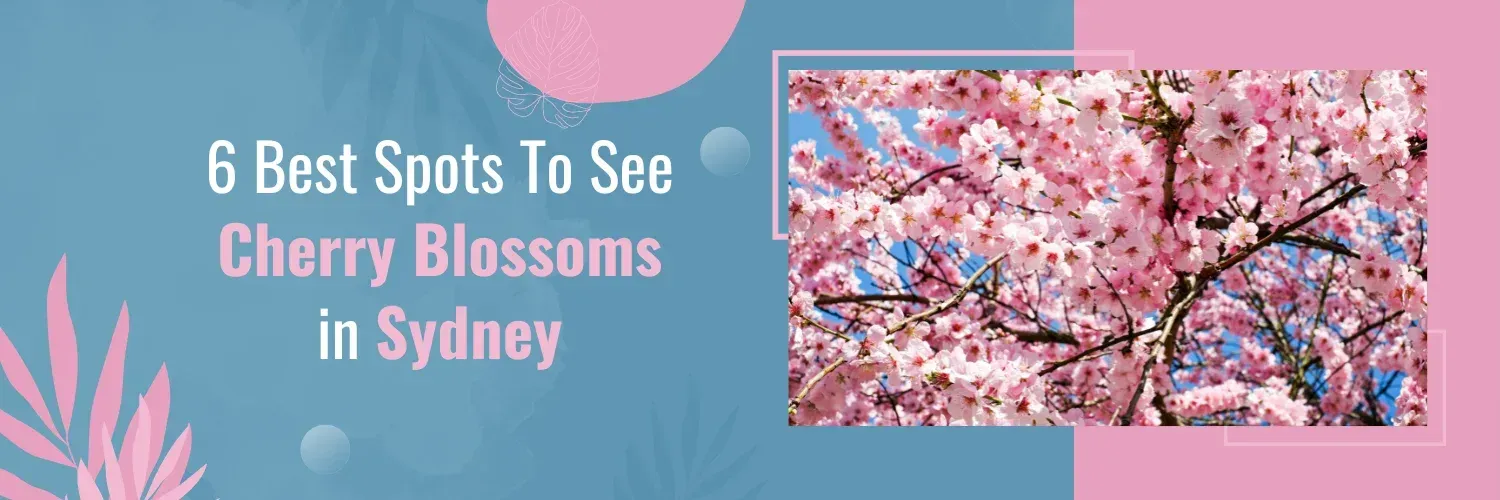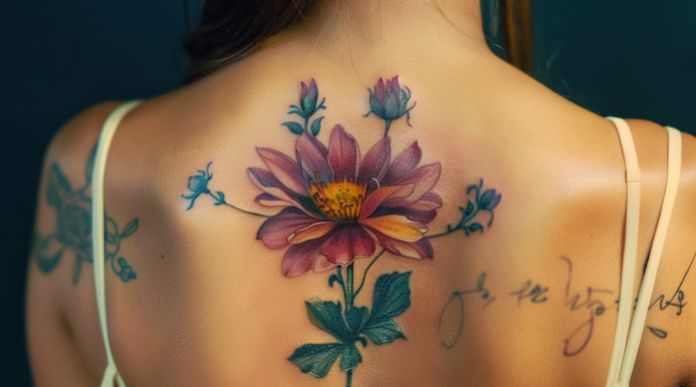The Rich Floral Diversity of Australia
Australia’s rich floral diversity can be attributed to its unique climate zones, ranging from temperate regions to arid deserts. These distinct climates have fostered an astounding variety of flowers , each adapted to thrive in its specific habitat. The combination of factors such as soil type, rainfall patterns, and temperature fluctuations has led to the evolution of an impressive array of floral species. As a result, Australia boasts some of the most unique and intriguing flowers found anywhere on the planet.
7 Most Popular Flowers in Australia
1. Kangaroo Paw (Anigozanthos)
The Kangaroo Paw, with its fascinating name and striking appearance, is a true emblem of Australia’s floral diversity. Characterized by its velvety, tubular flowers resembling a kangaroo’s paw, this flower comes in various vibrant colors, including red, yellow, and green. Beyond its visual appeal, the Kangaroo Paw holds cultural significance for indigenous Australians, often symbolizing unity and connection to the land. Cultivating Kangaroo Paw requires well-draining soil, plenty of sunlight, and regular pruning to encourage prolific blooming. Popular varieties include Anigozanthos flavidus and Anigozanthos manglesii.
2. Waratah (Telopea)
The Waratah, a majestic flower with deep crimson petals and dark green leaves, has a storied history in Australia. As an emblem of New South Wales, it carries both cultural and botanical significance. This flower is not only visually striking but also has strong ties to indigenous Australian traditions. Different species of Waratah, such as Telopea speciosissima and Telopea truncata, showcase varying characteristics, but all require well-drained, slightly acidic soil and careful attention to watering. Incorporating Waratah into your garden can provide a striking focal point and a connection to Australia’s natural heritage.
3. Sturt’s Desert Pea (Swainsona Formosa)
The Sturt’s Desert Pea, a bold and vibrant flower, thrives in the harsh landscapes of the Australian desert. Its deep red, almost black, petals surround a dark center, creating a dramatic and visually captivating display. This flower holds immense cultural significance for indigenous Australians, symbolizing life, death, and the desert landscape. Despite its beauty, cultivating Sturt’s Desert Pea can be challenging due to its unique requirements, including well-draining soil, protection from frost, and limited water. However, the rewards are undeniable, as this flower is a testament to nature’s resilience and adaptability.
4. Golden Wattle (Acacia Pycnantha)
The Golden Wattle stands as Australia’s national floral emblem, representing unity, resilience, and the spirit of the nation. With its bright yellow, spherical flower clusters and feathery leaves, it is a symbol deeply ingrained in Australian identity. Beyond its cultural significance, the Golden Wattle also serves practical purposes, as its bark and flowers have been used by indigenous communities for various traditional uses. Cultivating Golden Wattle requires well-drained soil, full sun exposure, and occasional pruning to maintain its shape and health.
5. Flannel Flower (Actinotus Helianthi)
The Flannel Flower, delicate and charming, derives its name from the soft, flannel-like texture of its petals. Native to the eastern coast of Australia, this flower holds cultural importance, often representing healing and protection. Its intricate beauty has also inspired artists and creatives throughout history. Cultivating Flannel Flowers requires well-drained soil, ample sunlight, and regular deadheading to encourage continuous blooming. While it may pose some challenges, the rewards of witnessing these ethereal blooms are well worth the effort.
6. Paper Daisy (Rhodanthe Chlorocephala)
The whimsical Paper Daisy, with its daisy-like appearance and vibrant colors, is a popular choice for celebrations and events. Often used in weddings, festivals, and floral arrangements, the Paper Daisy symbolizes beauty, joy, and new beginnings. Cultivating Paper Daisies is relatively straightforward, requiring well-draining soil, plenty of sunlight, and regular pinching to encourage bushier growth and more profuse blooming. Incorporating these charming flowers into your garden can add a touch of playfulness and elegance.
7. Spider Flower (Grevillea)
The Spider Flower, belonging to the Grevillea genus, stands out with its unique and intricate flower structure resembling a spider’s web. Apart from its captivating appearance, this flower plays a crucial role in supporting native wildlife, including birds and insects. With various species and cultivars available, choosing the right Spider Flower for your garden depends on your specific climate and soil conditions. Generally, Spider Flowers thrive in well-draining soil, require minimal pruning, and benefit from occasional feeding to encourage healthy growth.
Where To Find These Flowers?
While many of these iconic Australian flowers can be found in their natural habitats, they are also commonly cultivated in gardens, landscapes, and even for commercial purposes. These flowers have captured the attention of horticulturists, enthusiasts, and florists, leading to their cultivation in various settings.
For instance, the Kangaroo Paw, Waratah, and Golden Wattle are often cultivated for their striking beauty and cultural significance. These flowers are favored choices for landscaping due to their unique appearance and ability to thrive in specific conditions. Similarly, the Paper Daisy and Flannel Flower are commonly used in floral arrangements, weddings, and events, which has spurred their cultivation for commercial use.
While some flowers, like Sturt’s Desert Pea, have challenging cultivation requirements and may be less common in cultivation, efforts are being made to domesticate and preserve these delicate species.
In essence, the cultivation of these popular Australian flowers plays a vital role in bringing their beauty closer to people’s lives, allowing individuals to appreciate and enjoy their splendor beyond the wild landscapes.
Conclusion
Australia’s most popular flowers offer a glimpse into the breathtaking diversity and beauty that grace the landscapes of this remarkable country. The Kangaroo Paw, Waratah, Flannel Flower, and Paper Daisy, among others, stand as living testaments to the intricate tapestry of nature’s creativity. As we immerse ourselves in the wonder of these botanical treasures, let us also take a moment to reflect on the significance of safeguarding our native flora. Preserving these blooms is not just a commitment to the present, but a gift to the generations yet to come.
To explore and adorn your world with the splendor of these blossoms, we invite you to discover the exquisite products and services offered by Bourkes Florist . Embark on a journey of beauty and elegance by visiting our website and discovering how these stunning flowers can enrich your life and special moments. Check out Bourkes Florist today and let nature’s elegance unfurl in the heart of your own surroundings.
FAQs
Q: What is the national flower of Australia?
The national flower of Australia is the Golden Wattle (Acacia pycnantha).
Q: Are these flowers only found in the wild, or are they commonly cultivated?
While some of these flowers are found in the wild, many are also cultivated in gardens and used in floral arrangements.
Q: How do I care for Kangaroo Paw plants in my garden?
Kangaroo Paw plants thrive in well-draining soil, full sunlight, and regular pruning to encourage blooming.
Q: Are any of these flowers endangered or protected?
Some native Australian flowers, such as Sturt’s Desert Pea, may be considered threatened or protected due to their delicate ecosystems.
Q: Can I use these flowers in floral arrangements, and do they have specific meanings?
Yes, many of these flowers have cultural and symbolic meanings and are commonly used in various floral arrangements and celebrations.









